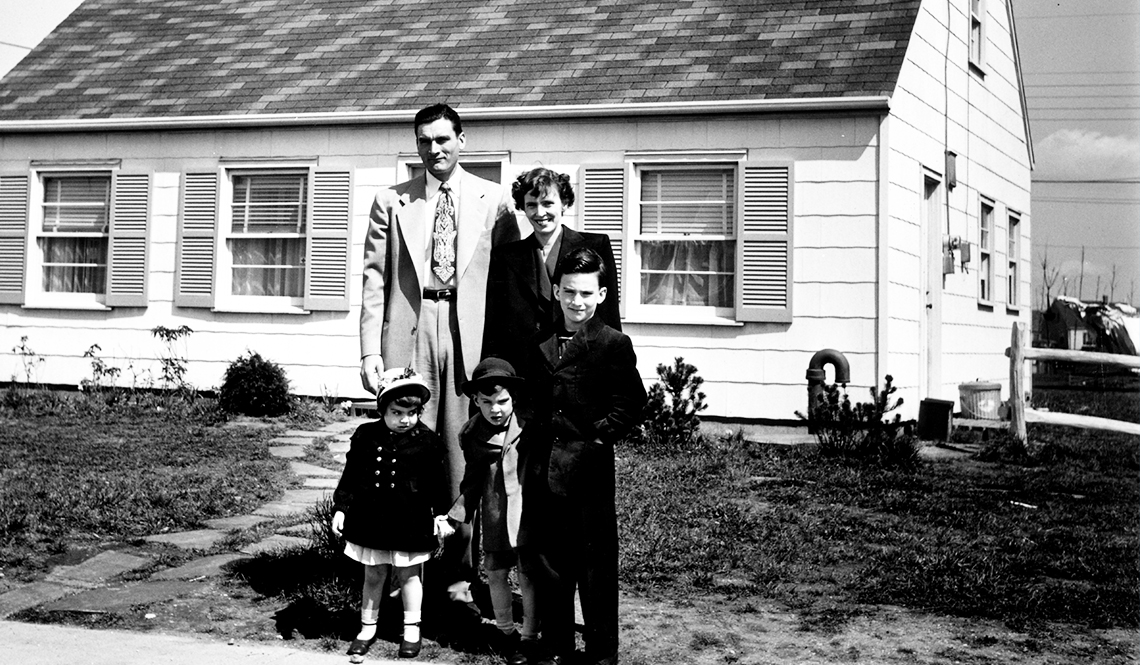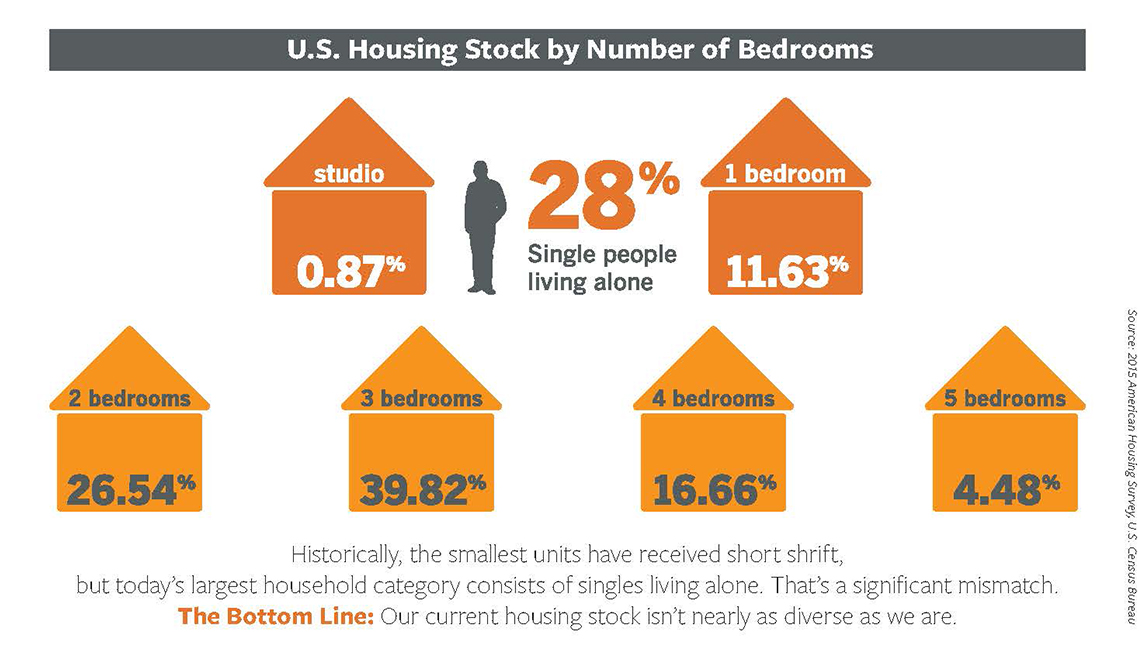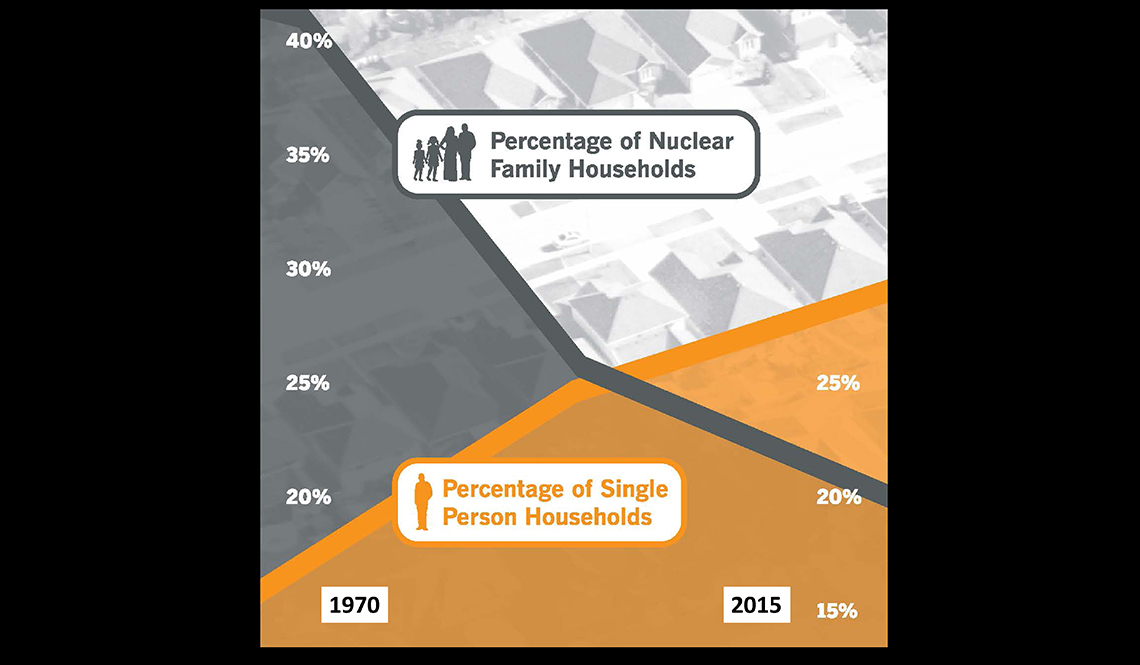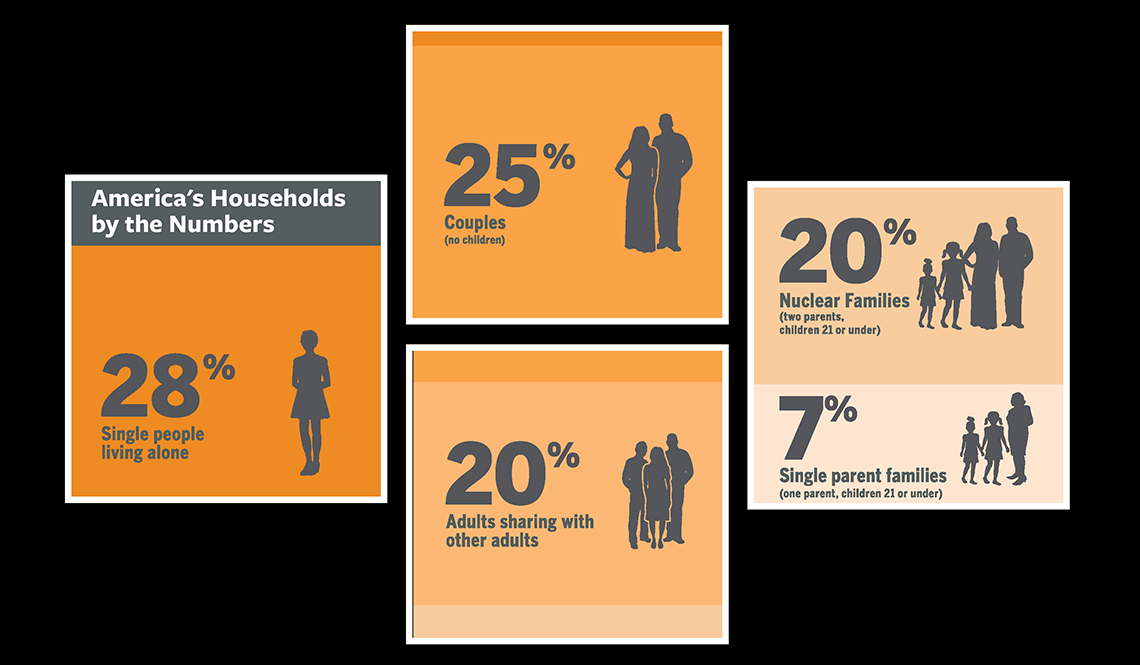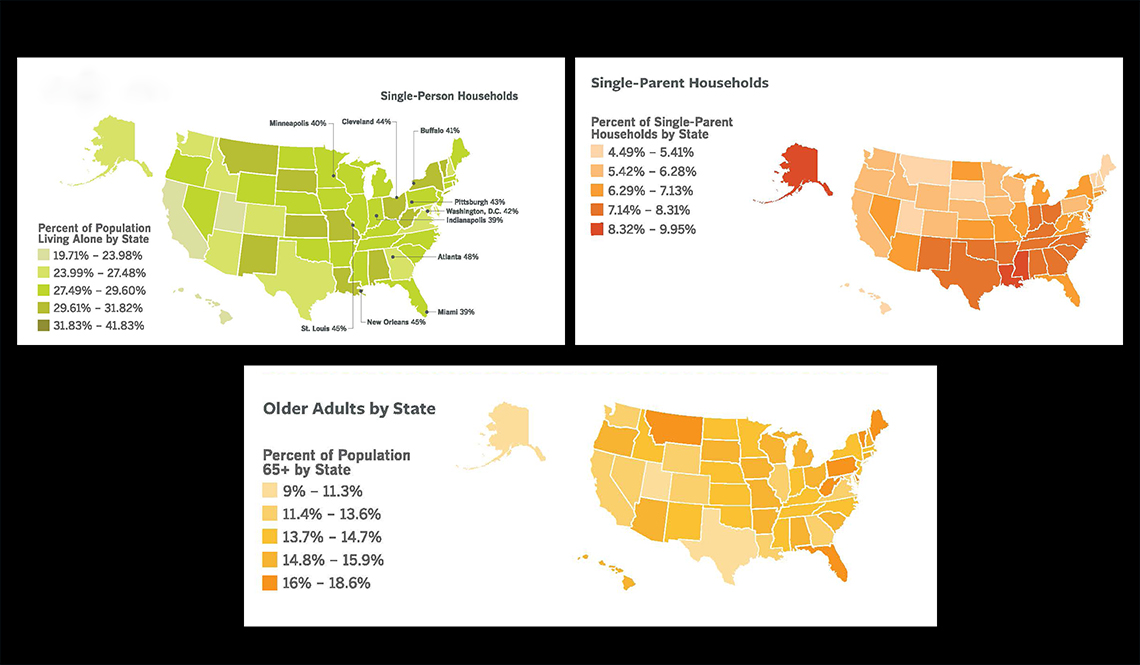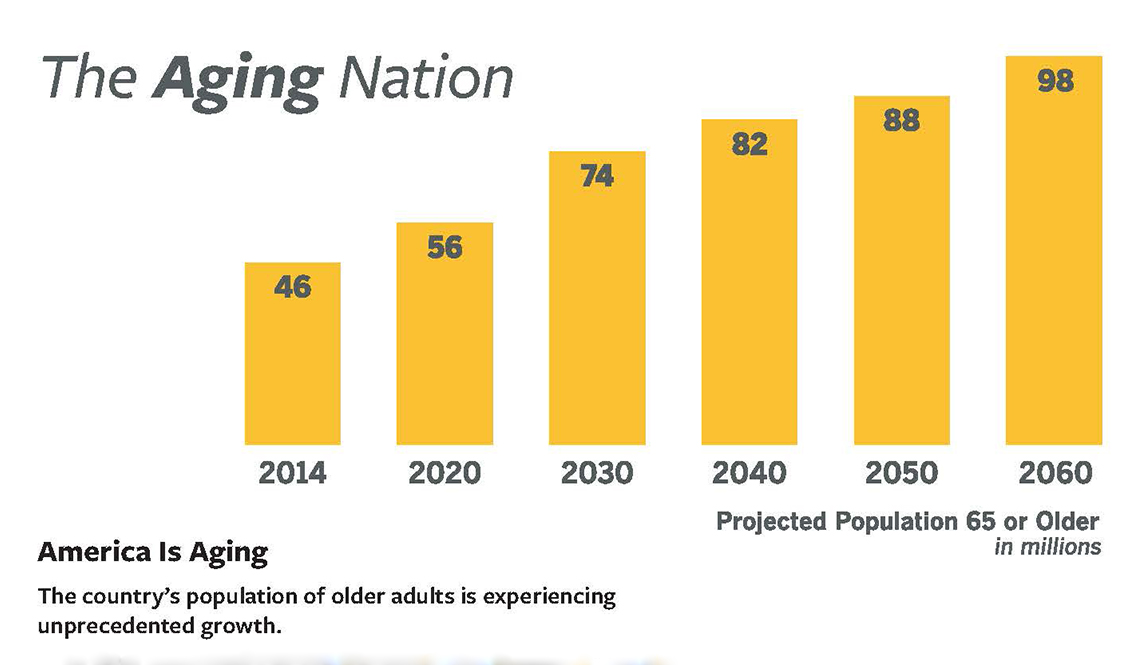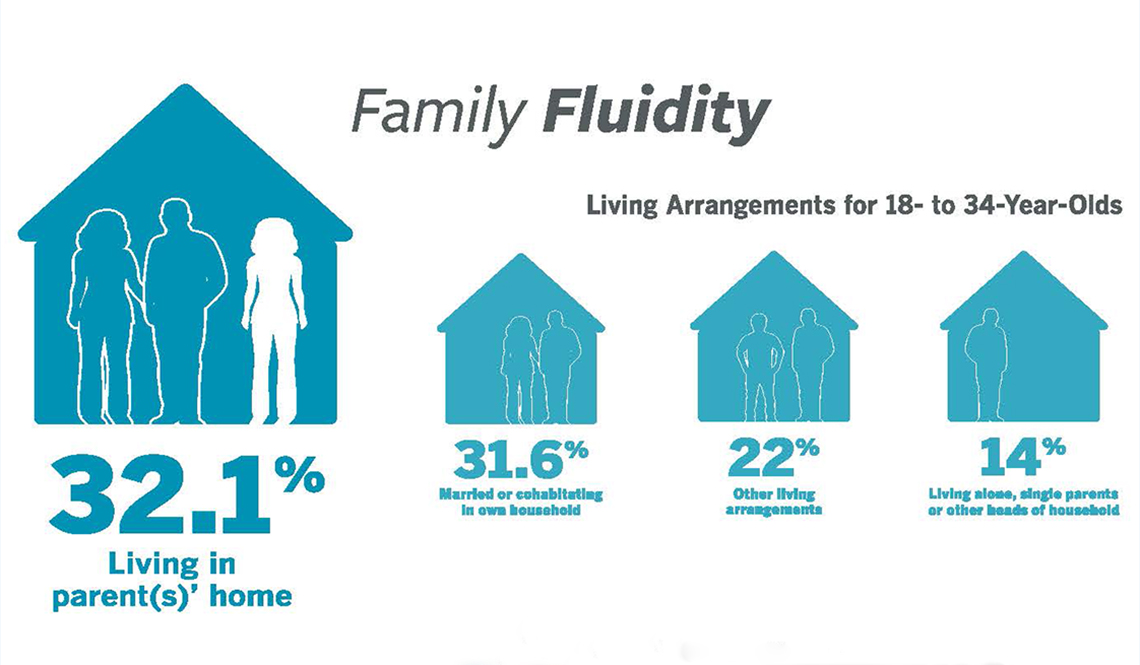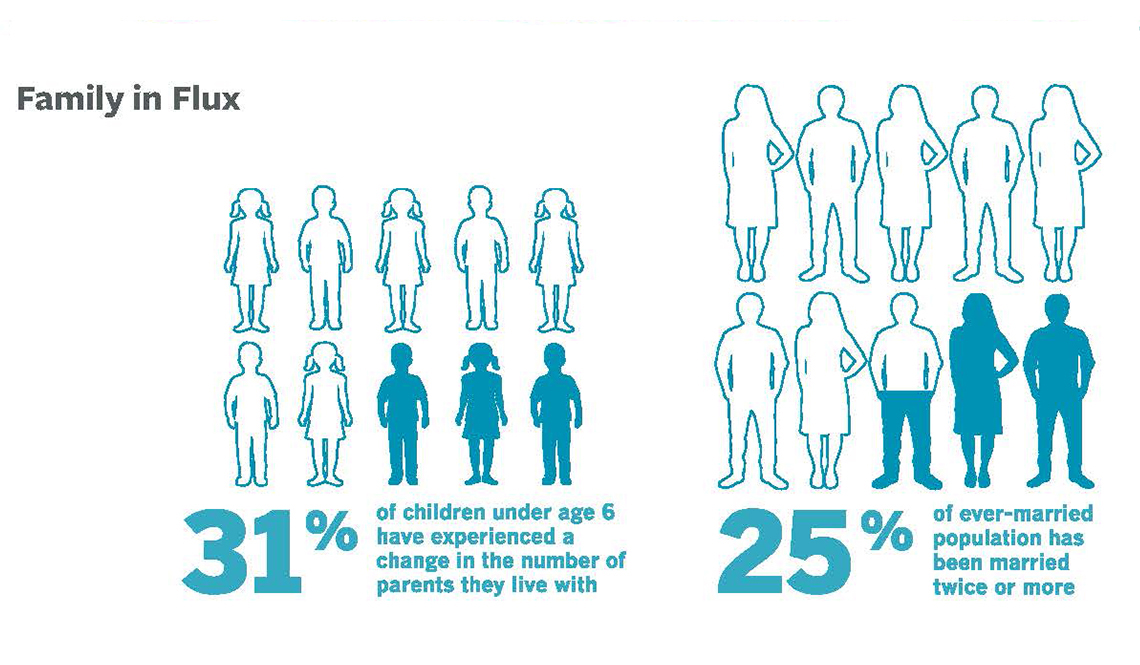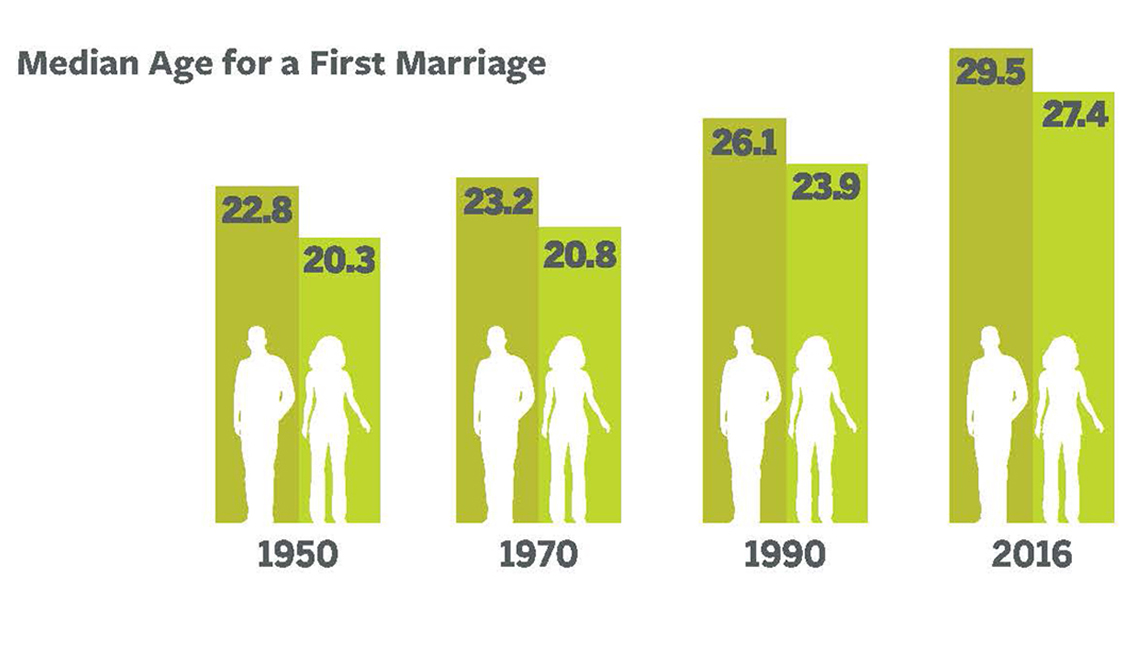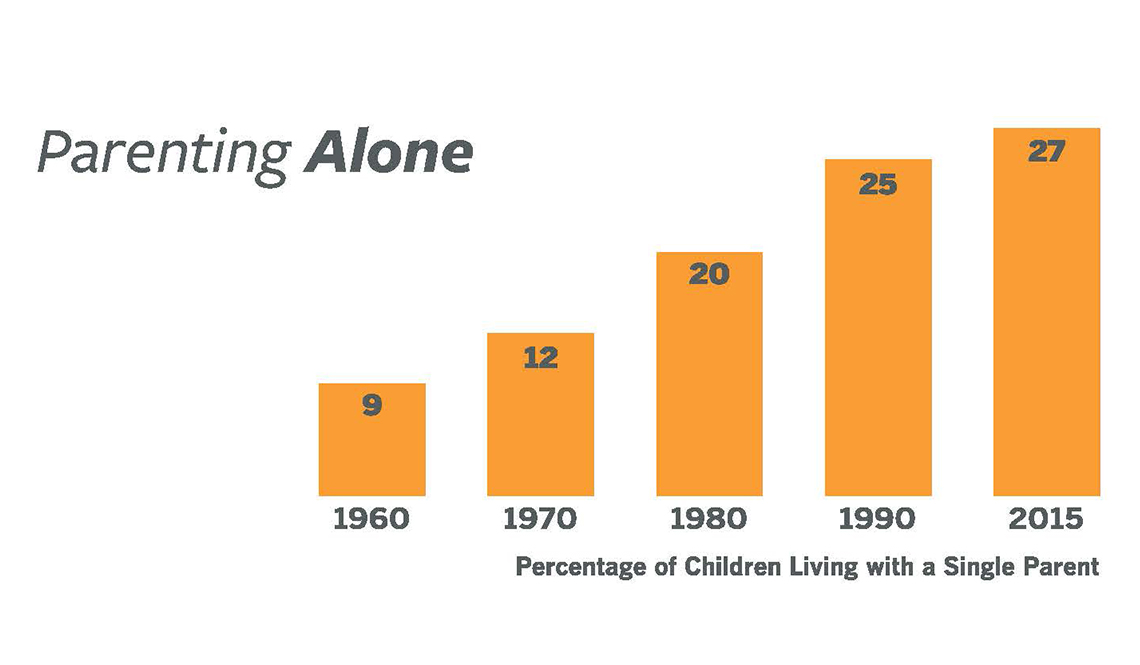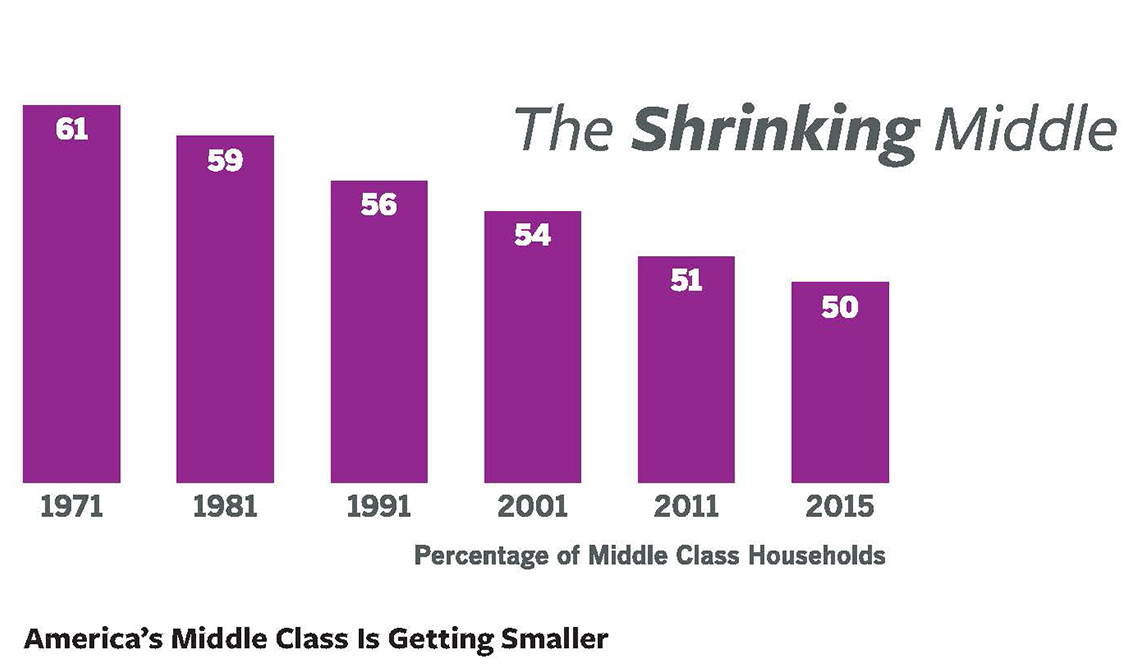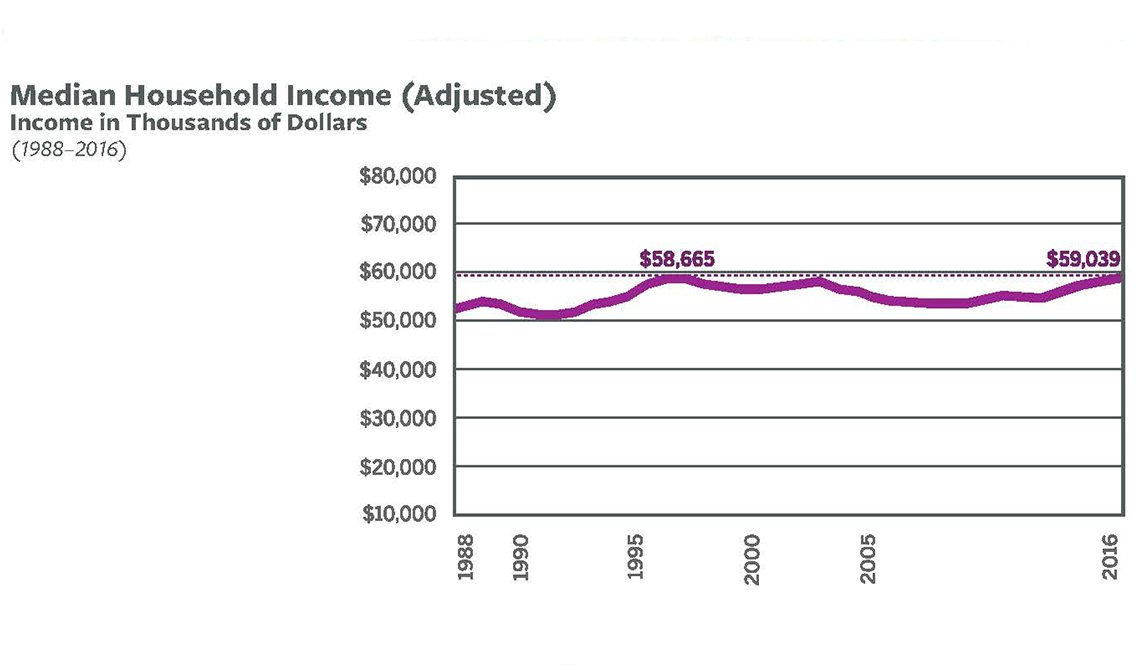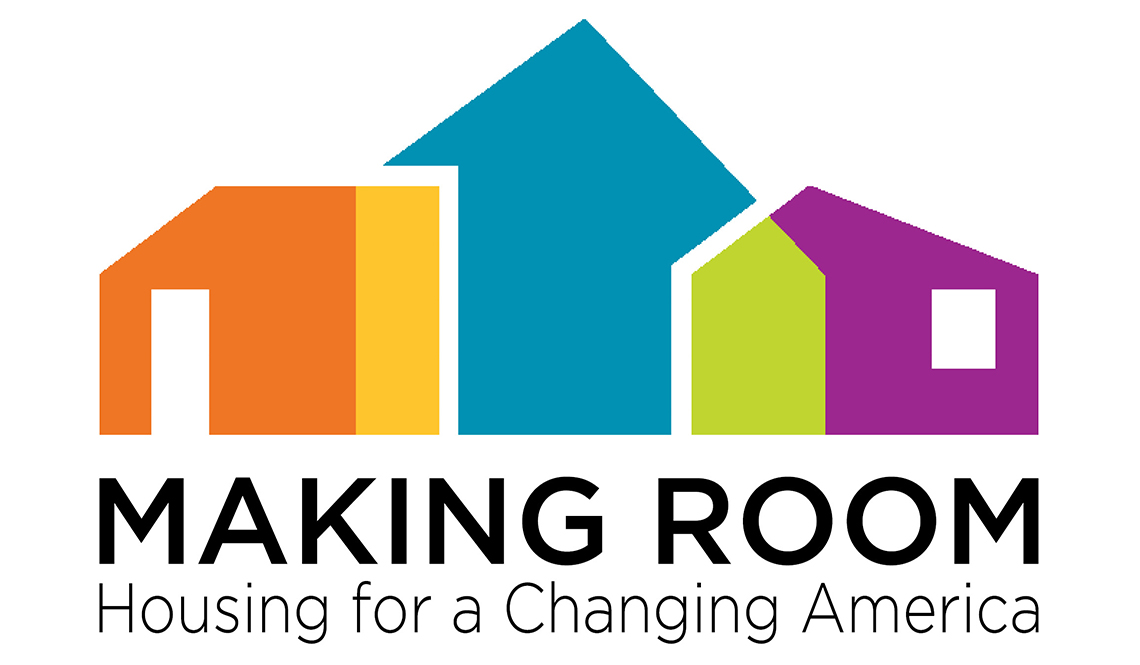AARP Eye Center
Slideshow - Housing for a Changing America - Demographic Stats and Facts
In the decades following World War II, the typical U.S. household consisted of a married couple with children. The suburbanization of the nation was driven by this demographic, fueled by prosperity, the automobile and the dream of home ownership.
Fast-forward to the 2010s, when adults living alone account for nearly 30 percent of U.S. households — and that’s a growing phenomenon across all ages and incomes.
The housing supply, no matter the locale, has been slow to meet the demands of this burgeoning market or respond to the needs of increasingly varied living arrangements.
As the following slideshow presents, unprecedented shifts in demographics are redefining who we are and how we live.
- |
- Photos
Sources for the statistics cited in this slideshow can be found on pages 8 through 15 of Making Room: Housing for a Changing America, published in 2019 by AARP and the National Building Museum.
The slideshow above is adapted from Making Room: Housing for a Changing America, an 84-page, photo-filled publication based on a National Building Museum exhibition of the same name. Click the image above to order or download this free resource.
Page published February 2019
The weekly, award-winning AARP Livable Communities e-Newsletter provides local leaders with information and inspiration for making their town, city or neighborhood more livable for older adults and people of all ages. Subscribe today!
























































